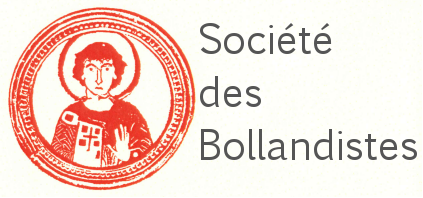Résumé :
The otherwise obscure poet Constantine Hermoniakos composed a long, metrical Metaphrasis of the Iliad at the behest of the Epirote despot John of Kephalonia and his wife Anna some time after 1328. While re-narrations of the Trojan War were commonplace in Byzantine literature, Hermoniakos’ poem stands out for its unusual structure, as it features two overlapping divisions: one into headings arranging the text according to the narrative, as is typical of Byzantine novels; the other into twenty-four books following the model of Homer’s epics. This latter division, however, proves ineffective in dividing the narrative material and has a purely allusive function, as it results in a mock imitation of Homer. The key element for understanding Hermoniakos’ double structure of his Iliad is the influence of two traditions: on the one hand, twelfth-century Homeric scholarship (especially that of John Tzetzes), and, on the other hand, the contemporary, vernacular romances on the Trojan War (The War of Troy) that were popular – and sometimes even produced – in the Frankish territories of the Peloponnese. Thus, Hermoniakos’ poem exemplifies the complex entanglement between different narratives and literary traditions in Late Byzantine literature.







